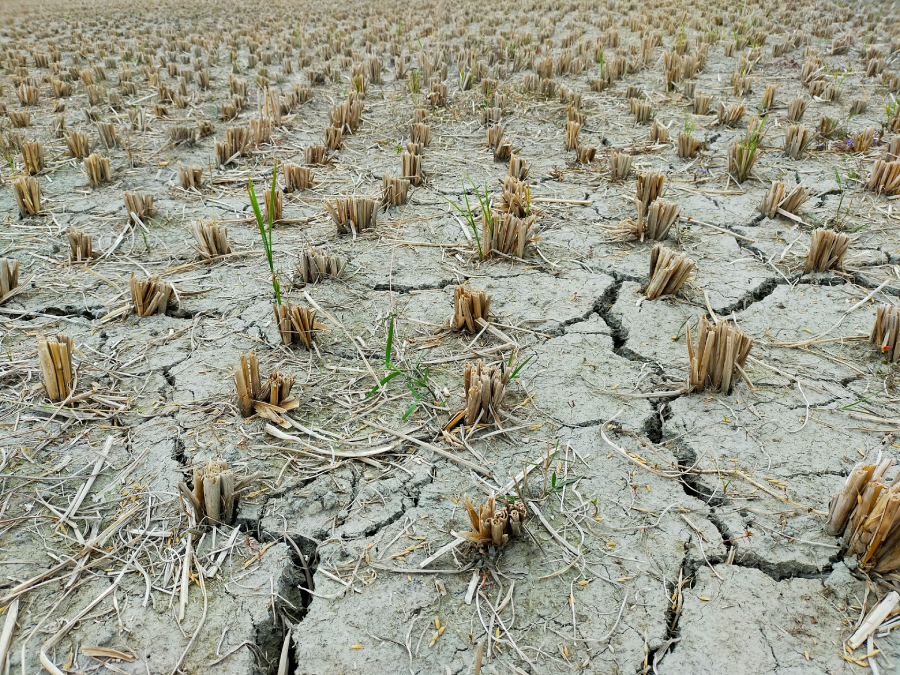Utilizing Wild Relatives for Drought-Resistant Crops

Drought poses a significant challenge to farmers worldwide, exacerbated by climate change. To feed a growing population, sustainable agriculture must increase crop yields with less water. Wild relatives of crops like wheat and barley offer genetic traits for stress tolerance, but traditional screening methods are inadequate.
New research published in New Phytologist proposes a systematic approach using high-throughput imaging techniques to identify beneficial traits in wild crop lines. This method moves beyond visual assessments and grain yield evaluations, which are challenging for wild relatives.
Don’t miss out! Subscribe to our newsletter for the latest content straight to your inbox, or register for FREE to gain full access.
Advanced remote sensing technologies detect light wavelengths reflected by plants, including thermal emissions and fluorescence, providing insights beyond human vision. By combining hyperspectral and thermal imaging, researchers can assess water usage efficiency in crops and uncover drought-adaptive characteristics in wild lines.
Plants lose water through transpiration, a process that occurs via stomata, which also allows carbon dioxide to enter the leaves. This dual function presents a trade-off between water conservation and carbon intake for photosynthesis. The new screening technique accounts for this trade-off, identifying plants that can endure prolonged water scarcity yet resume healthy growth upon rehydration.
By utilizing data from hyperspectral and thermal remote sensing, researchers have developed an image-based transpiration efficiency (iTE) index. This parameter helps identify wild lines with efficient water usage under drought conditions while maintaining their growth capacity. The iTE index could also be applied to cultivated commercial crops.
Collaboration with the Institute for Sustainable Agriculture in Spain (IAS-CSIC) revealed a strong correlation between an increase in iTE under drought conditions and yield stability in commercial wheat varieties. This relationship highlights the potential for integrating the iTE index with traditional yield performance metrics to make more informed breeding decisions.
The ultimate goal is to use advanced breeding techniques, such as de novo domestication, to modify promising wild lines for compatibility with standard agricultural practices. This approach accelerates the traditional process of selecting and breeding better crops, making stress-tolerant plants more accessible and desirable to growers.
By leveraging hyperspectral remote sensing and modern breeding techniques, this research aims to revolutionize crop development, adapting plants to the changing climate and meeting the increasing global food demand.


Responses